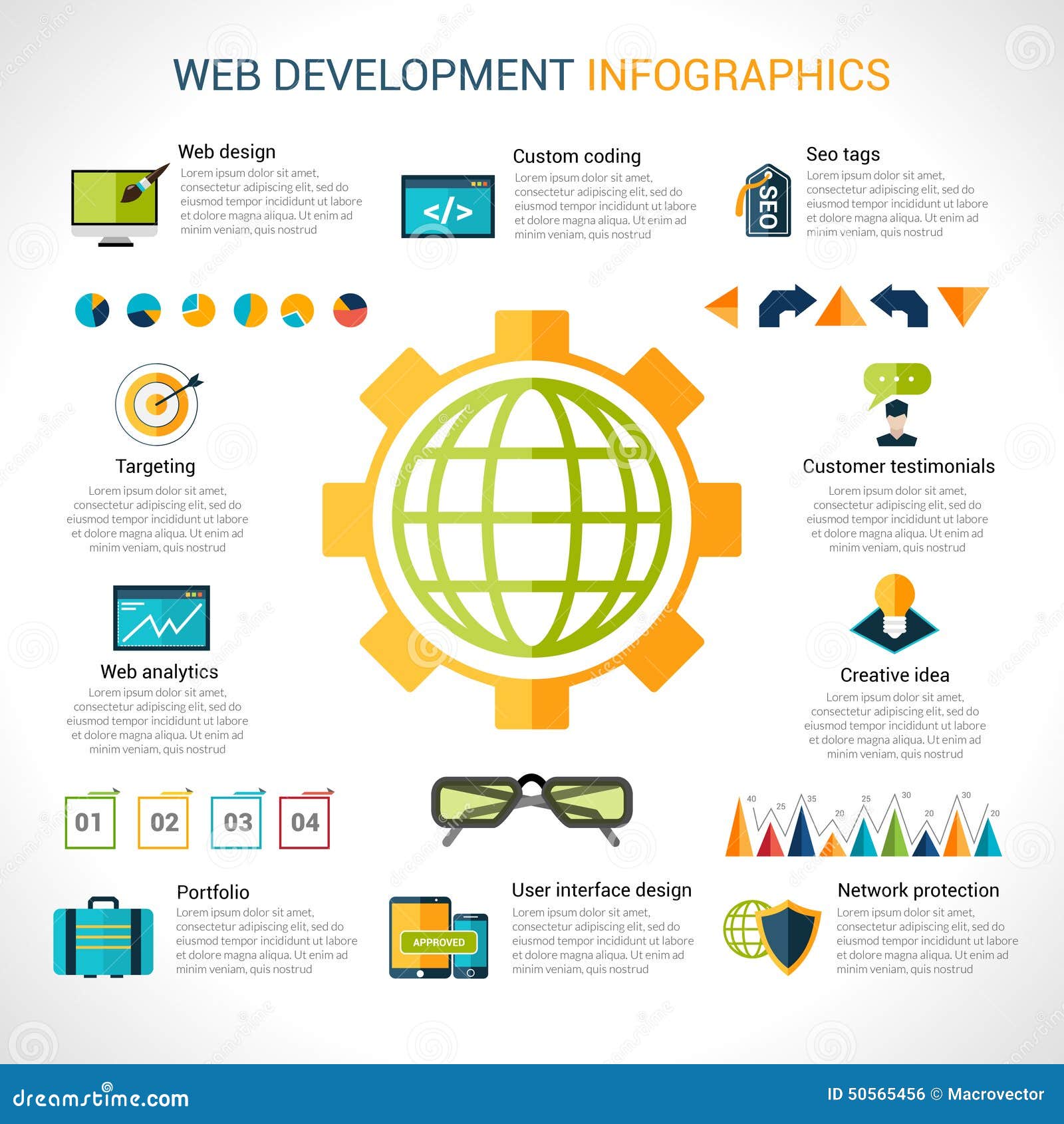Fascinated In Learning Just How Web Site Layout Has Developed Over The Years? Check Out The Journey From Standard, Uncomplicated Designs To User-Centric User Interfaces That Prioritize The Site Visitor'S Experience
Fascinated In Learning Just How Web Site Layout Has Developed Over The Years? Check Out The Journey From Standard, Uncomplicated Designs To User-Centric User Interfaces That Prioritize The Site Visitor'S Experience
Blog Article
Web Content By-Collier Vangsgaard
In the past, web sites were basic and focused on details. Navigating was direct, and style was for desktop computers. Currently, customer experience is essential. Data guides layouts for very easy navigation. https://how-can-email-marketing-f96283.anchor-blog.com/10155885/selecting-the-appropriate-resident-search-engine-optimization-service-provider-for-your-service suit various gadgets. Today, dark setting reduces stress, and minimalist food selections improve navigating. Interactive attributes engage individuals, and vibrant visuals stick out. AI integration increases interaction. See how design has actually evolved to improve your on-line journey.
Very Early Days of Website Design
In the very early days of web design, simplicity reigned supreme. top seo consultants were basic, with minimal colors, fonts, and layouts. The emphasis was on providing info rather than flashy visuals. Users accessed the internet through slow-moving dial-up connections, so speed and functionality were crucial.
Navigation menus were straightforward, typically located on top or side of the page. Sites were created for computer, as mobile surfing wasn't yet widespread. Web content was king, and designers focused on easy readability over intricate layout elements.
HTML was the main coding language made use of, and designers needed to function within its restraints. Computer animations and interactive features were very little compared to today's requirements. Internet sites were static, with little vibrant content or tailored user experiences.
Increase of User-Focused Design
With the advancement of website layout, a change towards user-focused layout concepts has become increasingly prominent. Today, developing websites that focus on user experience is important for engaging site visitors and attaining organization objectives. User-focused style entails recognizing the requirements, choices, and actions of your target market to tailor the site's format, web content, and includes appropriately.
Developers now perform extensive study, such as user studies and usability testing, to gather understandings and responses directly from customers. This data-driven approach helps in creating intuitive navigating, clear calls-to-action, and aesthetically enticing user interfaces that reverberate with site visitors. By placing the user at the center of the design process, web sites can supply a more tailored and enjoyable experience.
Receptive design has also emerged as a key facet of user-focused design, making sure that websites are maximized for numerous tools and display sizes. This adaptability improves access and functionality, catering to the varied ways users connect with internet sites today. Fundamentally, the rise of user-focused style symbolizes a shift in the direction of creating digital experiences that focus on the requirements and assumptions of the end user.
Modern Trends in Website Design
Discover the current fads shaping website design today. One popular pattern is dark mode layout, using a streamlined and modern-day look while decreasing eye stress in low-light settings. One more key pattern is minimal navigating, simplifying menus and enhancing user experience by concentrating on essential elements. Integrating micro-interactions, such as animated buttons or scrolling results, can create a more appealing and interactive site. Receptive style stays crucial, ensuring seamless user experiences throughout different devices. Furthermore, making use of vibrant typography and unbalanced formats can add aesthetic passion and accentuate details web content.
Integrating AI modern technology, like chatbots for consumer assistance or tailored suggestions, improves customer interaction and improves processes. Accessibility has also end up being a substantial trend, with designers prioritizing inclusive design methods to satisfy varied user requirements. Accepting sustainability by optimizing internet site performance for speed and performance is an additional emerging pattern in web design. Teaming up with individual feedback and information analytics to repeat and boost design continuously is necessary for remaining appropriate in the ever-evolving digital landscape. By embracing these contemporary fads, you can develop a visually enticing, easy to use internet site that reverberates with your target market.
Verdict
As you review the advancement of website design from the very early days to now, you can see just how user-focused layout has actually come to be the driving pressure behind contemporary fads.
Accept the trip of modification and adjustment in web design, always keeping the user experience at the forefront.
Keep present with the most up to date trends and innovations, and never ever quit developing your strategy to create aesthetically stunning and user-friendly sites.
Advance, adapt, and create - the future of website design is in your hands.
